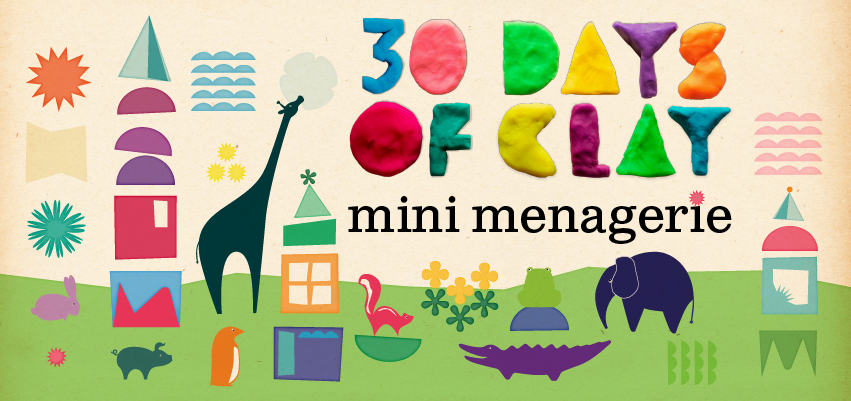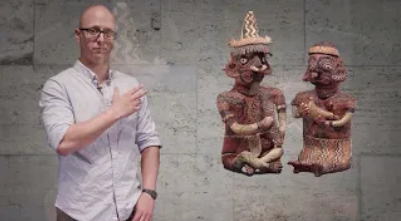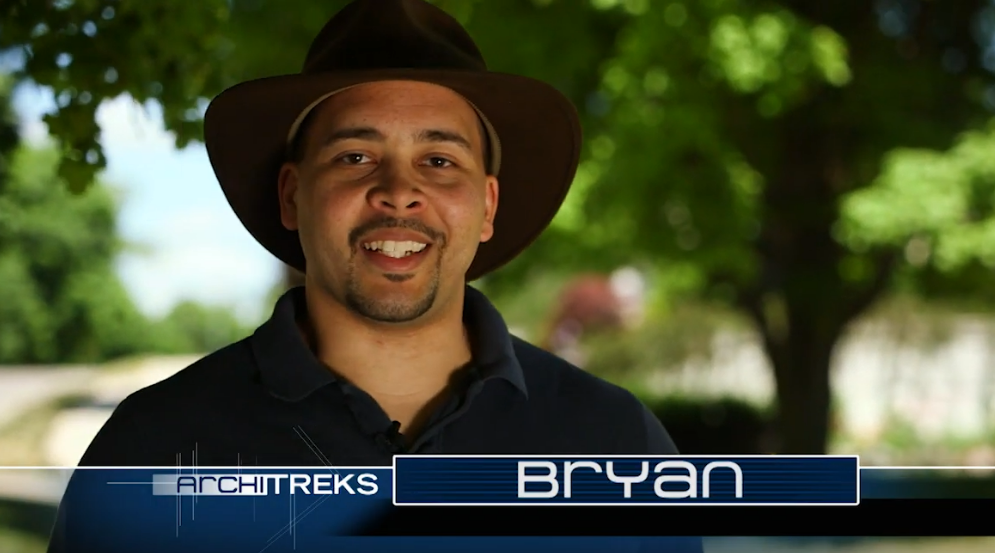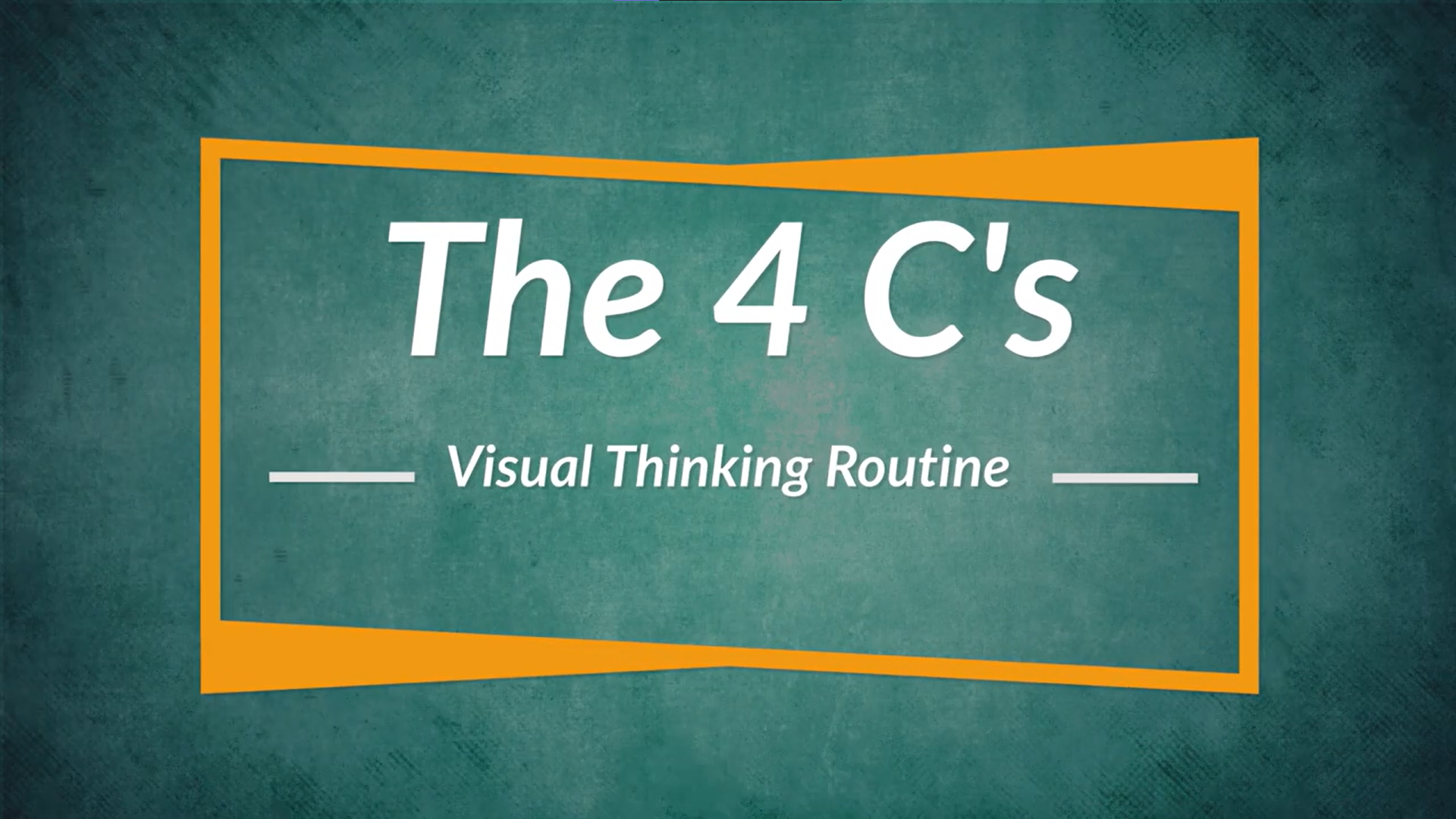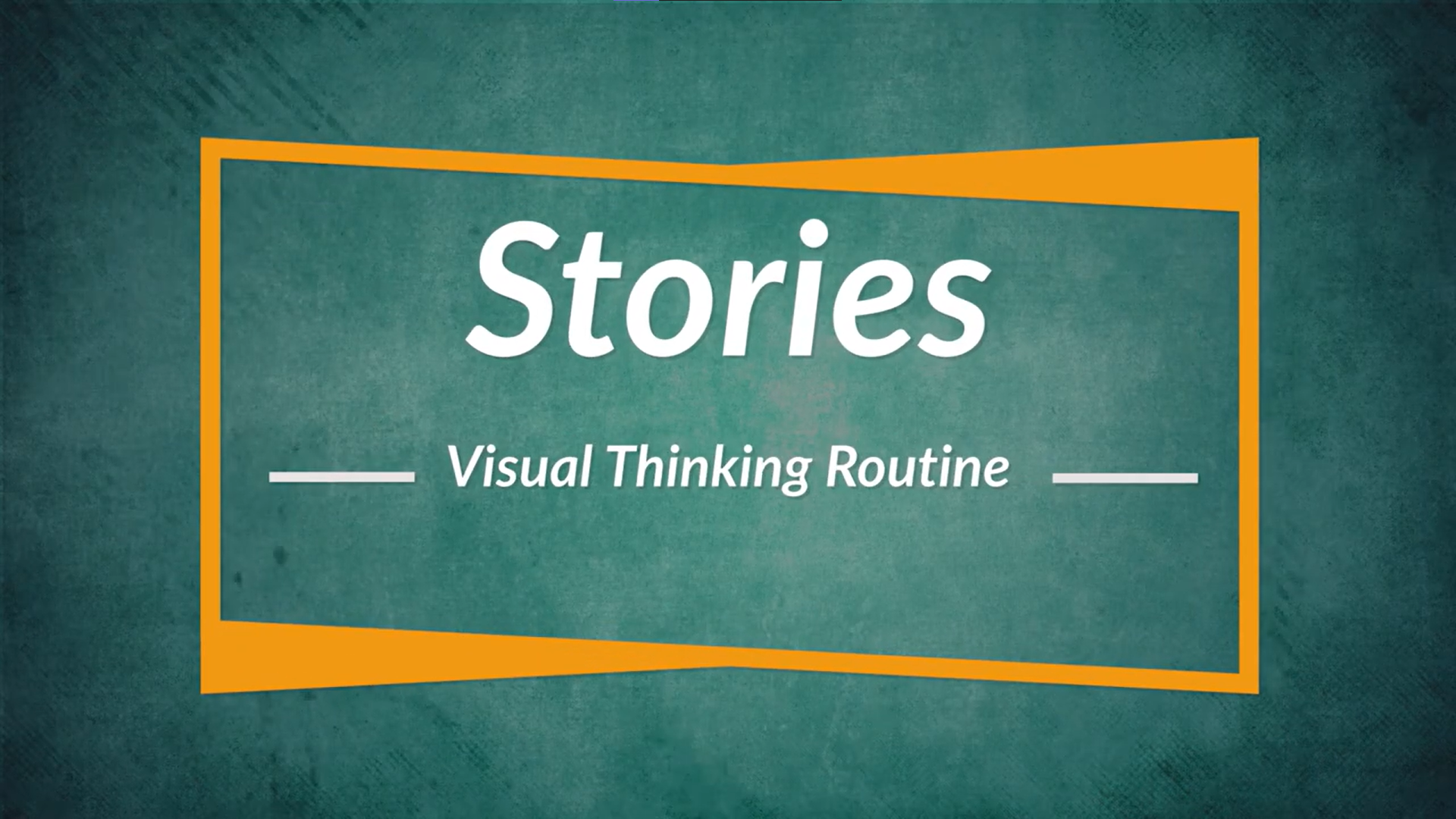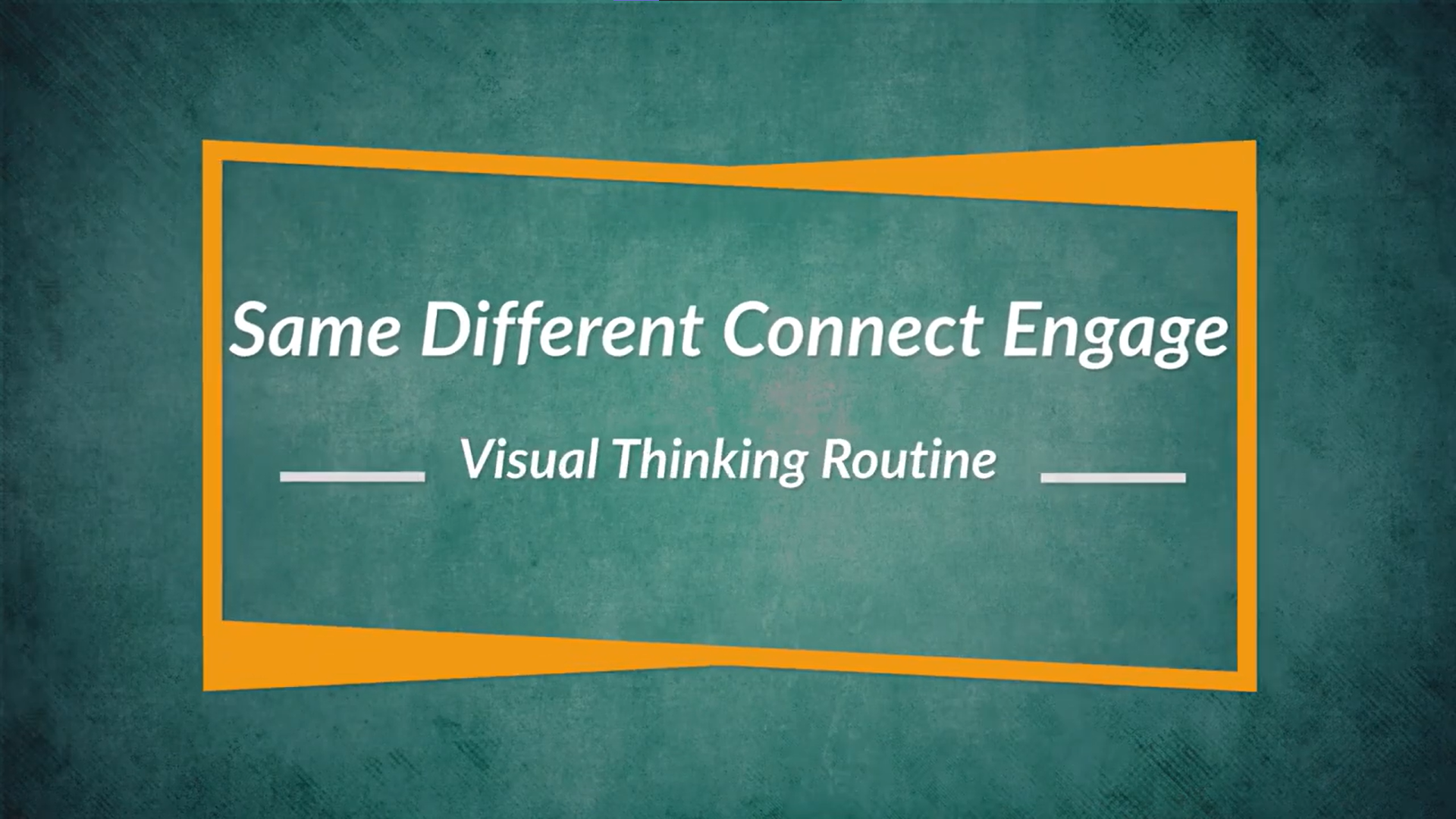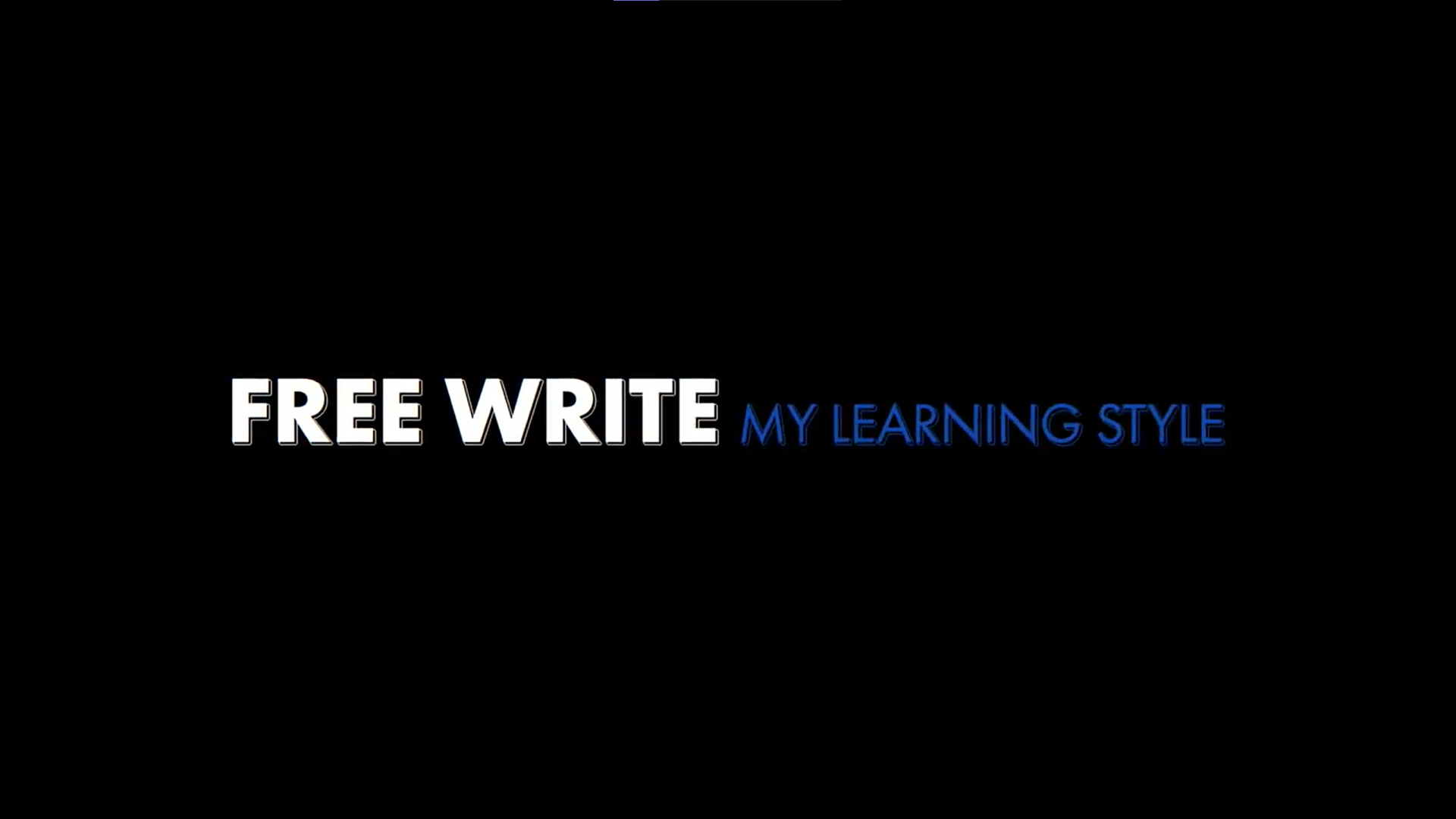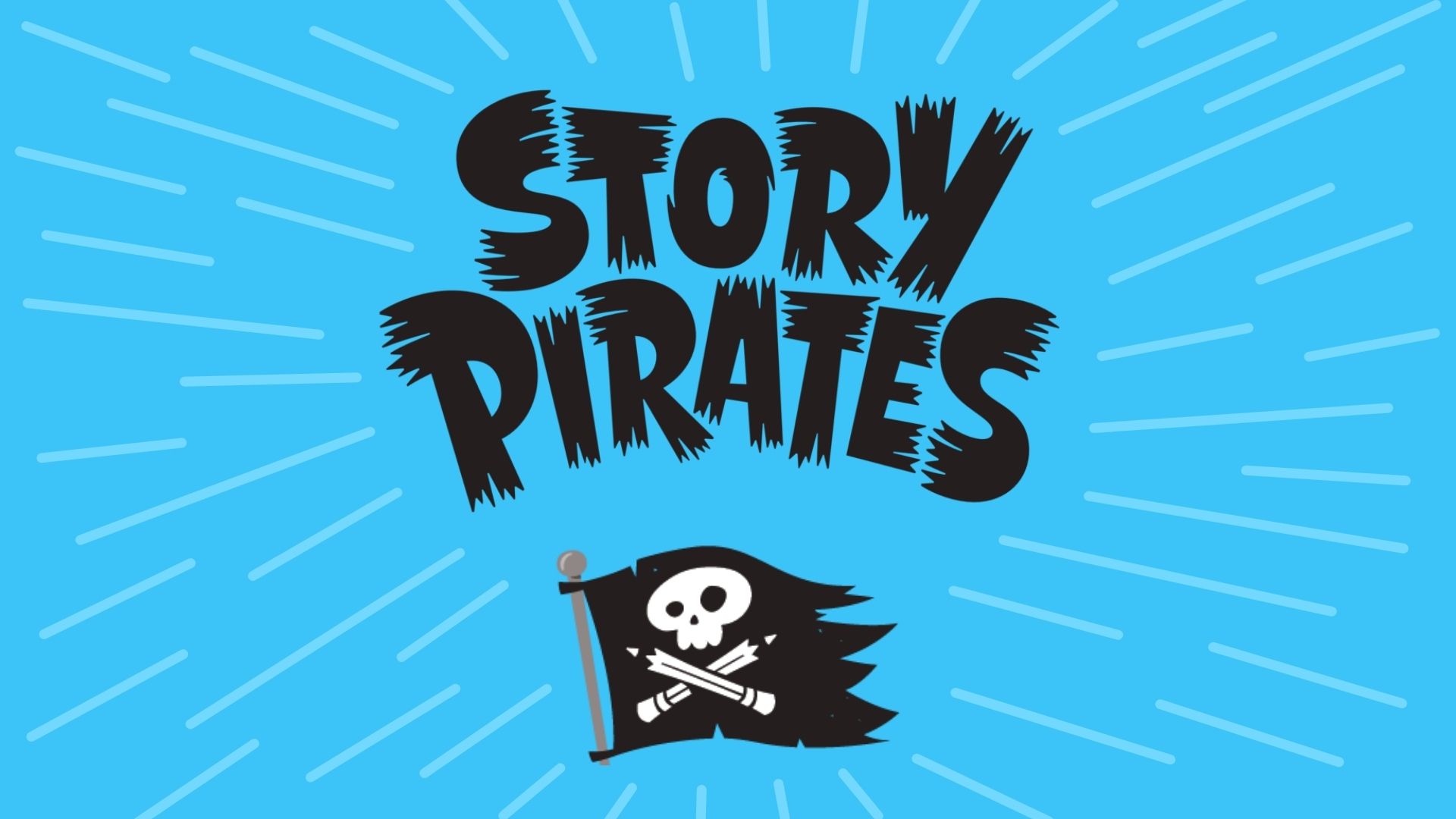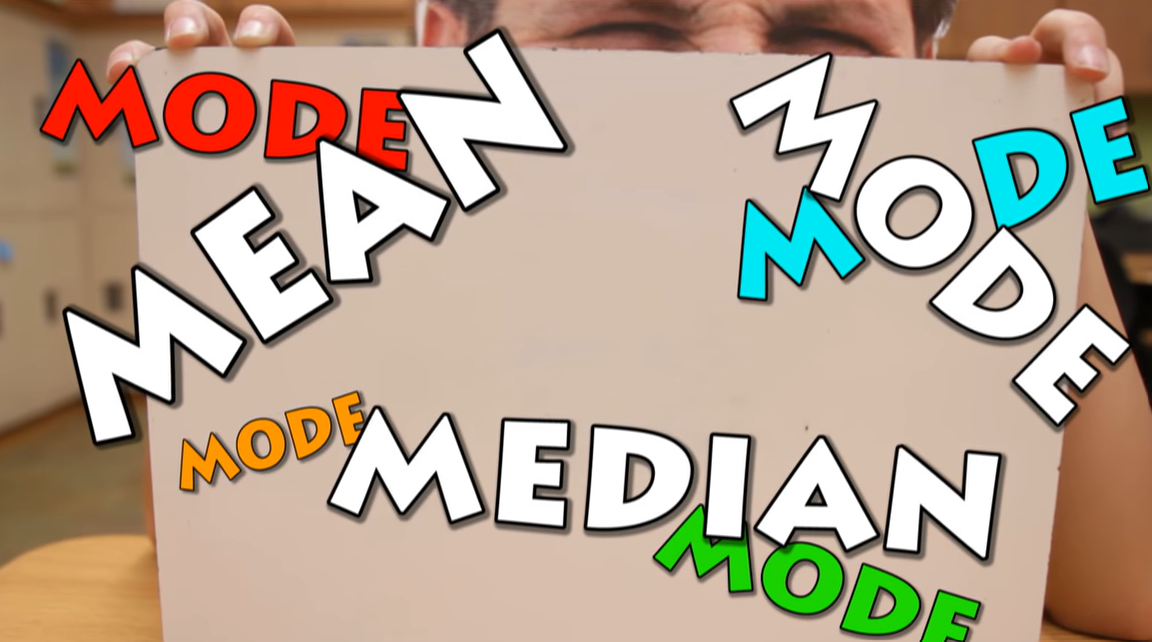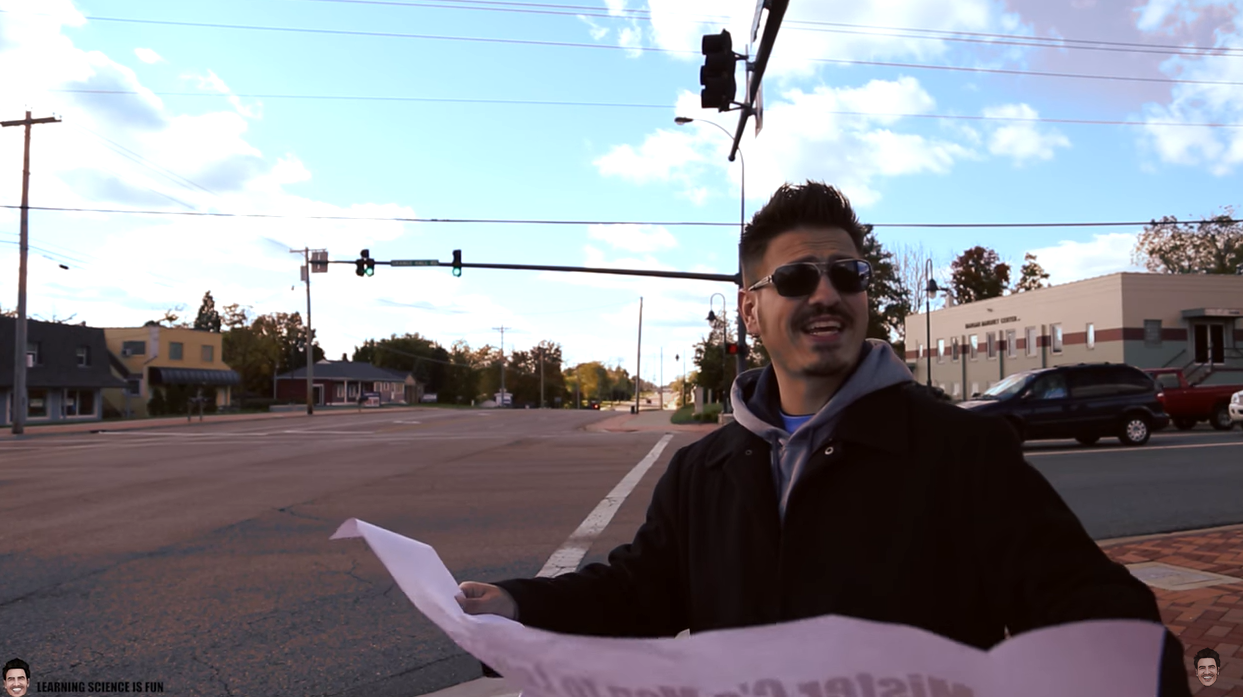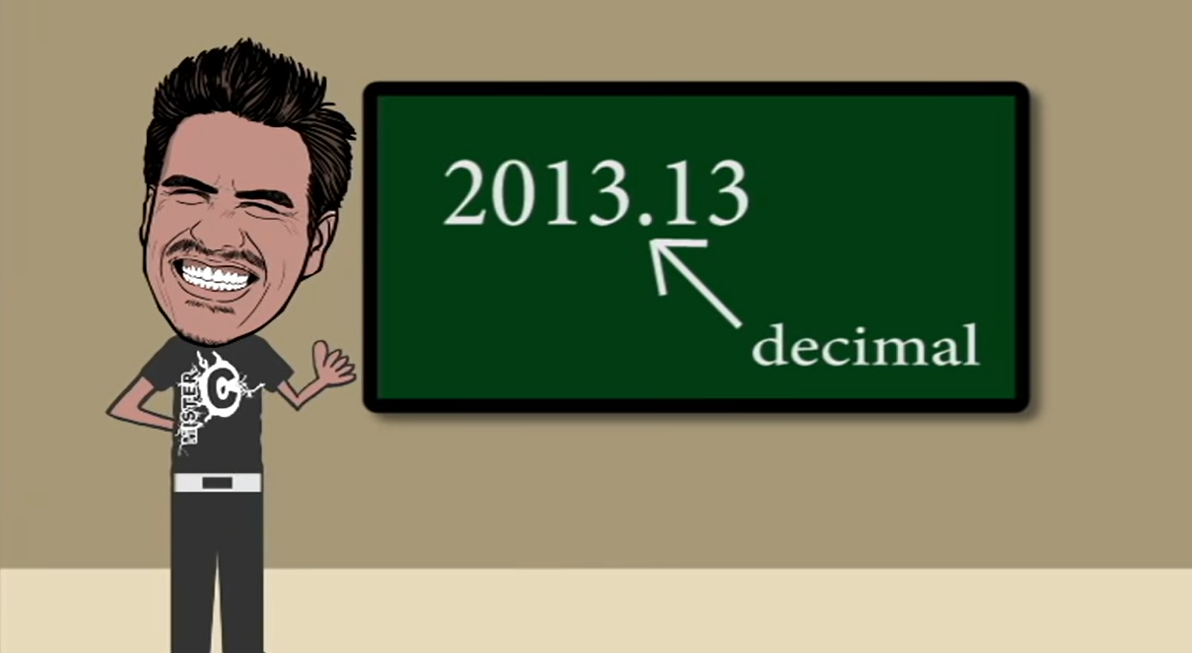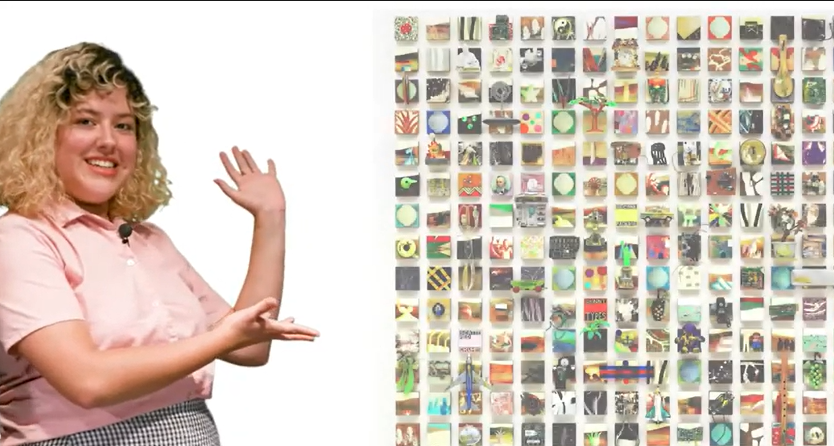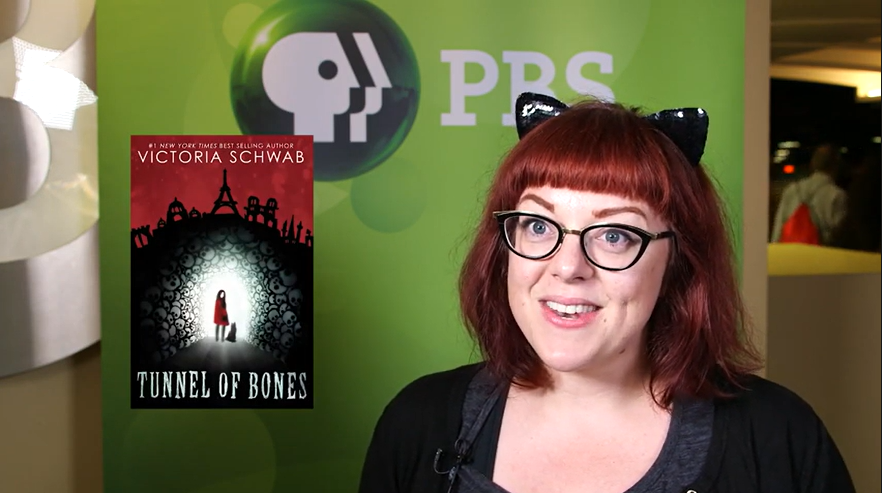Subjects
Shows
Follow along as Ann Arbor District Library staff make an ear of corn with just a bit of polymer clay!
Have you ever heard the sound of a steel tongue drum? Detroit musician Demetrius Thomas demonstrates this beautiful instrument which he uses to explore otherworldly and unplugged sonic environments.
Lesson 6
Architects Brian and Jess team up with kids to find the "heart of the city," the center that cities grow around. Visit the streets of old Detroit to learn how cities change over time, and use maps and landmarks to find the heart of your city.
Lesson 5
Animals are masters of building homes that fit in with the natural environment. We humans can learn a lot from them! Visit a green building in Ann Arbor and look for environmentally friendly features in the buildings you see every day.
Lesson 6
Architects Brian and Jess team up with kids to find the "heart of the city," the center that cities grow around. Visit the streets of old Detroit to learn how cities change over time, and use maps and landmarks to find the heart of your city.
Lesson 5
Animals are masters of building homes that fit in with the natural environment. We humans can learn a lot from them! Visit a green building in Ann Arbor and look for environmentally friendly features in the buildings you see every day.
Guide learners through research-based strategies for active processing as they view, read, or experience something new.
Guide learners through research-based strategies for active processing as they view, read, or experience something new.
Guide learners through research-based strategies for active processing as they view, read, or experience something new.
Guide learners through research-based strategies for active processing as they view, read, or experience something new.
Guide learners through research-based strategies for active processing as they view, read, or experience something new.
Take a break from your routine to relax and simply focus on the sounds of your environment.
Take a break from your routine to relax and simply focus on the sounds of your environment.
Take a break from your routine to relax and simply focus on the sounds of your environment.
Take a break from your routine to relax and simply focus on the sounds of your environment.
Take a break from your routine to relax and simply focus on the sounds of your environment.
Describe the type of assignments and projects you like to do. Why do you enjoy them?
Write about a time when you set a goal for yourself. What were the results?
Describe the perfect day for a new student at your school.
Imagine you are appointed principal for a month. What rules would you change? What new policies would you create?
Bite-sized literary lessons from award-winning comedians, authors, and teachers.
Career guidance videos focusing exclusively on diverse and accomplished women — over 250 of whom are in STEM fields.
Diatribe teaching artists talk about what "normal" means to them.
The Diatribe teaching artists talk about representation and what it means to them. What does representation mean to you?
What makes you... you? Teaching artists from Grand Rapids' The Diatribe share what they love the most about themselves.
Mister C wrote and composed this song to help students better understand Mean, Median and Mode!
Mister C created this song to provide simple Long division safety tips for all students to know and understand. 1. Stop and find the information. 2. Drop divisor and dividend into the correct spots. 3. Roll through the problem and solve for the quotient!
Mister C knows the importance of lining up his decimals before adding or subtracting! This fun song was made to remind everyone to "Line 'em Up" before solving an equation! Whether you're a high school student preparing for the SAT and ACT, this song will be that friendly reminder to get those decimals lined up before adding or subtracting.
Watch STEM Activist Violeta García share why girls should consider a career in STEM.
Why don't hens and hawks get along? Join David, educator and storyteller, as he tells the tale of the hawk and the hen through visual storytelling. 3:36 What gives hyenas their unusual walking style? Join David, educator and storyteller, as he tells the tale of "The Hyena and the Crow"
Have you ever wondered why mosquitoes always seem to be buzzing in our ears? Join David, educator and storyteller for the Detroit Zoological Society, as he tells the story of the mosquito.
What gives hyenas their unusual walking style? Join David, educator and storyteller, as he tells the tale of "The Hyena and the Crow" through visual storytelling.
In this episode of Animal Welfare Tales, we share the stories of Buster and Trio, two thoroughbred horses who were rescued from the horse racing industry and found sanctuary at the Detroit Zoo.
Join us in this episode of Celebrating Science as we spotlight the director of the National Amphibian Conservation Center, Dr. Ruth Marcec-Greaves and see. See how her love of amphibians has shaped her life from the very beginning.
When it comes to fairytales not all amphibians are treated equally. Join Zahraa, education specialist for the Detroit Zoological Society, to separate the myths from the misconceptions about frogs and toads.
When people visit the Detroit Zoo, they often head straight for our many animal habitats. These habitats and their animal inhabitants are amazing, but they are not the only places at the Zoo that are worth checking out. In this special series, Secret Zoo, we will share some of the Detroit Zoo’s less known, but equally fascinating features. This first episode focuses on three of the Detroit Zoo’s hidden greenspaces.
Why do giraffes stand so tall? Join David, educator and storyteller, as he tells the tale of "When the Giraffes First Raised Their Necks" through visual storytelling.
Have you ever heard the sound of a steel tongue drum? Detroit musician Demetrius Thomas demonstrates this beautiful instrument which he uses to explore otherworldly and unplugged sonic environments.
Subjects
Shows
Follow along as Ann Arbor District Library staff make an ear of corn with just a bit of polymer clay!
Have you ever heard the sound of a steel tongue drum? Detroit musician Demetrius Thomas demonstrates this beautiful instrument which he uses to explore otherworldly and unplugged sonic environments.
Lesson 6
Architects Brian and Jess team up with kids to find the "heart of the city," the center that cities grow around. Visit the streets of old Detroit to learn how cities change over time, and use maps and landmarks to find the heart of your city.
Lesson 5
Animals are masters of building homes that fit in with the natural environment. We humans can learn a lot from them! Visit a green building in Ann Arbor and look for environmentally friendly features in the buildings you see every day.
Lesson 6
Architects Brian and Jess team up with kids to find the "heart of the city," the center that cities grow around. Visit the streets of old Detroit to learn how cities change over time, and use maps and landmarks to find the heart of your city.
Lesson 5
Animals are masters of building homes that fit in with the natural environment. We humans can learn a lot from them! Visit a green building in Ann Arbor and look for environmentally friendly features in the buildings you see every day.
Guide learners through research-based strategies for active processing as they view, read, or experience something new.
Guide learners through research-based strategies for active processing as they view, read, or experience something new.
Guide learners through research-based strategies for active processing as they view, read, or experience something new.
Guide learners through research-based strategies for active processing as they view, read, or experience something new.
Guide learners through research-based strategies for active processing as they view, read, or experience something new.
Take a break from your routine to relax and simply focus on the sounds of your environment.
Take a break from your routine to relax and simply focus on the sounds of your environment.
Take a break from your routine to relax and simply focus on the sounds of your environment.
Take a break from your routine to relax and simply focus on the sounds of your environment.
Take a break from your routine to relax and simply focus on the sounds of your environment.
Describe the type of assignments and projects you like to do. Why do you enjoy them?
Write about a time when you set a goal for yourself. What were the results?
Describe the perfect day for a new student at your school.
Imagine you are appointed principal for a month. What rules would you change? What new policies would you create?
Bite-sized literary lessons from award-winning comedians, authors, and teachers.
Career guidance videos focusing exclusively on diverse and accomplished women — over 250 of whom are in STEM fields.
Diatribe teaching artists talk about what "normal" means to them.
The Diatribe teaching artists talk about representation and what it means to them. What does representation mean to you?
What makes you... you? Teaching artists from Grand Rapids' The Diatribe share what they love the most about themselves.
Mister C wrote and composed this song to help students better understand Mean, Median and Mode!
Mister C created this song to provide simple Long division safety tips for all students to know and understand. 1. Stop and find the information. 2. Drop divisor and dividend into the correct spots. 3. Roll through the problem and solve for the quotient!
Mister C knows the importance of lining up his decimals before adding or subtracting! This fun song was made to remind everyone to "Line 'em Up" before solving an equation! Whether you're a high school student preparing for the SAT and ACT, this song will be that friendly reminder to get those decimals lined up before adding or subtracting.
Watch STEM Activist Violeta García share why girls should consider a career in STEM.
Why don't hens and hawks get along? Join David, educator and storyteller, as he tells the tale of the hawk and the hen through visual storytelling. 3:36 What gives hyenas their unusual walking style? Join David, educator and storyteller, as he tells the tale of "The Hyena and the Crow"
Have you ever wondered why mosquitoes always seem to be buzzing in our ears? Join David, educator and storyteller for the Detroit Zoological Society, as he tells the story of the mosquito.
What gives hyenas their unusual walking style? Join David, educator and storyteller, as he tells the tale of "The Hyena and the Crow" through visual storytelling.
In this episode of Animal Welfare Tales, we share the stories of Buster and Trio, two thoroughbred horses who were rescued from the horse racing industry and found sanctuary at the Detroit Zoo.
Join us in this episode of Celebrating Science as we spotlight the director of the National Amphibian Conservation Center, Dr. Ruth Marcec-Greaves and see. See how her love of amphibians has shaped her life from the very beginning.
When it comes to fairytales not all amphibians are treated equally. Join Zahraa, education specialist for the Detroit Zoological Society, to separate the myths from the misconceptions about frogs and toads.
When people visit the Detroit Zoo, they often head straight for our many animal habitats. These habitats and their animal inhabitants are amazing, but they are not the only places at the Zoo that are worth checking out. In this special series, Secret Zoo, we will share some of the Detroit Zoo’s less known, but equally fascinating features. This first episode focuses on three of the Detroit Zoo’s hidden greenspaces.
Why do giraffes stand so tall? Join David, educator and storyteller, as he tells the tale of "When the Giraffes First Raised Their Necks" through visual storytelling.
Have you ever heard the sound of a steel tongue drum? Detroit musician Demetrius Thomas demonstrates this beautiful instrument which he uses to explore otherworldly and unplugged sonic environments.

